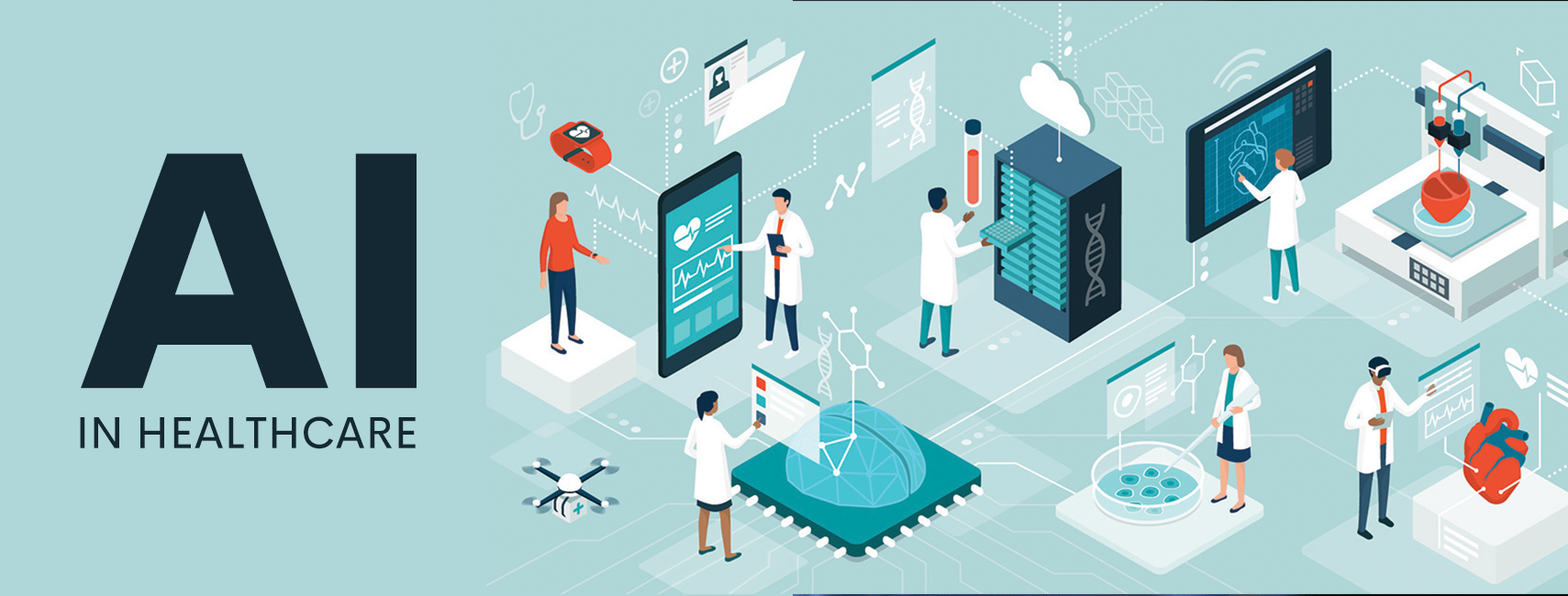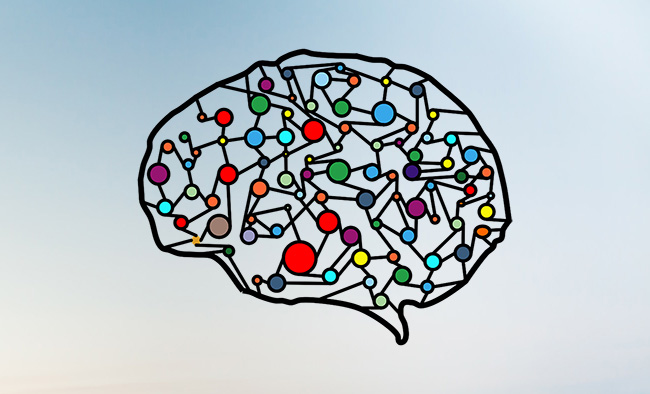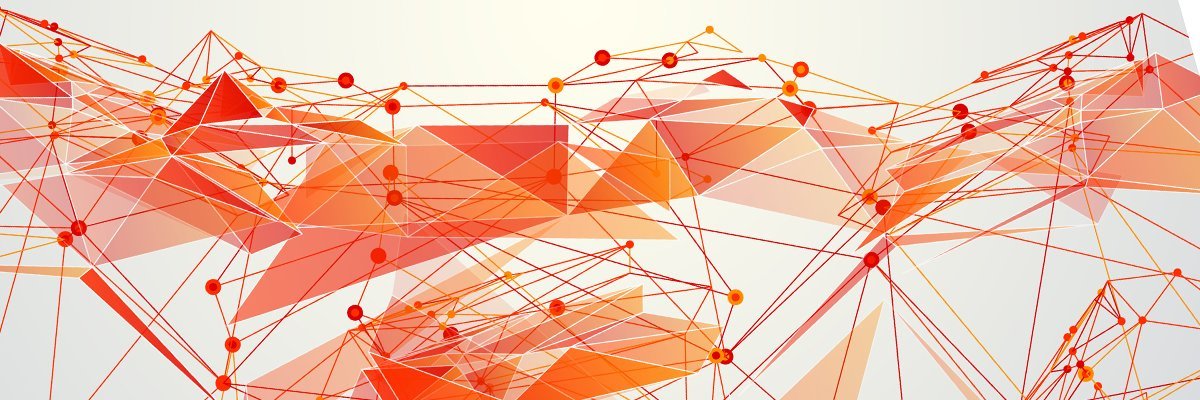Why is Site Reliability Engineering Important?

“The term SRE surely has been introduced by Google, but directly or indirectly
several companies have been doing stuff related to SRE for a long time, though
I must say that Google gave it a new direction after coining the term ‘SRE.’ I
have a clear view on SRE as I believe it walks hand-in-hand with DevOps. All
your infrastructure, operations, monitoring, performance, scalability and
reliability factors are accounted for in a nice, lean and automated system
(preferably); however this is not enough. Culture is an important aspect
driving the SRE aspects, along with business needs. As the norm ‘to each, his
own’ goes, SRE is no different. It is easy to get inspired from pioneer
companies, but it’s impossible to copy their culture and means to replicate
the success, especially with your ‘anti-patterns’ and ‘traditional’ remedial
baggage. Do you have similar infrastructure and business needs as the company
showcasing brilliant success with SRE? No. Can it help you? Absolutely. The
key factor here is to recognize what is important to your success blueprint
after understanding the fundamentals of it and find your own success factors
considering your cultural needs. Your strategy and culture need to walk
together, just like your guiding (strategy) and driving (culture) factors.”
AI in Healthcare — Is the Future of Healthcare already here?

Through a series of neural networks, AI is helping healthcare providers
achieve this balance. Facial recognition software is combined with machine
learning to detect patterns in facial expressions that point us towards the
possibility of a rare disease. Moon developed by Diploid enables early
diagnosis of rare diseases through the software, allowing doctors to begin
early treatment. Artificial Intelligence in Healthcare carries special
significance in detecting rare diseases earlier than they usually could be.
... Health monitoring is already a widespread application of AI in Healthcare.
Wearable health trackers such as those offered by Apple, Fitbit, and Garmin
monitor activity and heart rates. These wearables are then in a position to
send all of the data forward to an AI system, bringing in more insights and
information about the ideal activity requirement of a person. These systems
can detect workout patterns and send alerts when someone misses out their
workout routine. The needs and habits of a patient can be recorded and made
available to them when need be, improving the overall healthcare experience.
For instance, if a patient needs to avoid heavy cardiac workout, they can be
notified of the same when high levels of activity are detected.
Why kids need special protection from AI’s influence

Algorithms can change the course of children’s lives. Kids are interacting
with Alexas that can record their voice data and influence their speech and
social development. They’re binging videos on TikTok and YouTube pushed to
them by recommendation systems that end up shaping their worldviews.
Algorithms are also increasingly used to determine what their education is
like, whether they’ll receive health care, and even whether their parents are
deemed fit to care for them. Sometimes this can have devastating effects: this
past summer, for example, thousands of students lost their university
admissions after algorithms—used in lieu of pandemic-canceled standardized
tests—inaccurately predicted their academic performance. Children, in other
words, are often at the forefront when it comes to using and being used by AI,
and that can leave them in a position to get hurt. “Because they are
developing intellectually and emotionally and physically, they are very
shapeable,” says Steve Vosloo, a policy specialist for digital connectivity at
Unicef, the United Nations Children Fund. Vosloo led the drafting of a new set
of guidelines from Unicef designed to help governments and companies develop
AI policies that consider children’s needs.
A new threat matrix outlines attacks against machine learning systems

Mikel Rodriguez, a machine learning researcher at MITRE who also oversees
MITRE’s Decision Science research programs, says that we’re now at the same
stage with AI as we were with the internet in the late 1980s, when people were
just trying to make the internet work and when they weren’t thinking about
building in security. We can learn from that mistake, though, and that’s one
of the reasons the Adversarial ML Threat Matrix has been created. “With this
threat matrix, security analysts will be able to work with threat models that
are grounded in real-world incidents that emulate adversary behavior with
machine learning,” he noted. Also, the matrix will help them think
holistically and spur better communication and collaboration across
organizations by giving a common language or taxonomy of the different
vulnerabilities, he says. “Unlike traditional cybersecurity vulnerabilities
that are tied to specific software and hardware systems, adversarial ML
vulnerabilities are enabled by inherent limitations underlying ML algorithms.
Data can be weaponized in new ways which requires an extension of how we model
cyber adversary behavior, to reflect emerging threat vectors and the rapidly
evolving adversarial machine learning attack lifecycle,” MITRE noted.
Understanding the modular monolith and its ideal use cases

Conventional monolithic architectures focus on layering code horizontally
across functional boundaries and dependencies, which inhibits their ability to
separate into functional components. The modular monolith revisits this
structure and configures it to combine the simplicity of single process
communication with the freedom of componentization. Unlike the traditional
monolith, modular monoliths attempt to establish bounded context by segmenting
code into individual feature modules. Each module exposes a programming
interface definition to other modules. The altered definition can trigger its
dependencies to change in turn. Much of this rests on stable interface
definitions. However, by limiting dependencies and isolating data store, the
architecture establishes boundaries within the monolith that resemble the high
cohesion and low coupling found in a microservices architecture. Development
teams can start to parse functionality, but can do so without worrying about
the management baggage tied to multiple runtimes and asynchronous
communication. One benefit of the modular monolith is that the logic
encapsulation enables high reusability, while data remains consistent and
communication patterns simple.
What's Wrong With Big Objects In Java?
There are several ways to fix or at least mitigate this problem: tune the GC,
change the GC type, fix the root cause, or upgrade to the newer JDK. Tuning
GC, in this case, means increasing the heap or increasing the region size with
-XX:G1HeapRegionSize so that previously Humongous objects are no longer
Humongous and follow the regular allocation path. However, the latter will
decrease the number of regions, that may negatively affect GC performance. It
also means coupling GC options with the current workload (which may change in
the future and break your current assumptions). However, in some situations,
that's the only way to proceed. A more fundamental way to address this problem
is to switch to the older Concurrent Mark-Sweep (CMS) garbage collector, via
the -XX:+UseParNewGC -XX:+UseConcMarkSweepGC flags (unless you use one of the
most recent JDK versions in which this collector is deprecated). CMS doesn't
divide the heap into numerous small regions and thus doesn't have a problem
handling several-MB objects. In fact, in relatively old Java versions CMS may
perform even better overall than G1, at least if most of the objects that the
application creates fall into two categories: very short-lived and very
long-lived.
Analysis: Tactics of Group Waging Attacks on Hospitals

UNC1878 has recently changed some of its tactics. For example, it no longer
uses Sendgrid to deliver the phishing emails and to supply the URLs that lead
to the malicious Google documents, Mandiant reports. "Recent campaigns have
been delivered via attacker-controlled or compromised email infrastructure and
have commonly contained in-line links to attacker-created Google documents,
although they have also used links associated with the Constant Contact
service," according to the Mandiant report. Hosting the malicious documents on
a legitimate service is also a new twist. Earlier campaigns were hosted on a
compromised infrastructure, Mandiant researchers say. Once the group delivers
a loader via a malicious document, it downloads the Powertrick backdoor and/or
Cobalt Strike Beacon payloads to establish a presence and to communicate with
the command-and-control server, the report says. Mandiant notes that the group
uses Powertrick infrequently, perhaps for establishing a foothold and
performing initial network and host reconnaissance. ... The group maintains
persistence by creating a scheduled task, adding itself to the startup folder
as a shortcut, creating a scheduled Microsoft BITS job using /setnotifycmdline
and in some cases using stolen login credentials, the report says.
The secret to designing a positive future with AI? Imagination

Focusing on the positive is key to steering toward a positive destination.
Instead of being passive passengers in a collective spaceship erring towards
dangerous planets, we can instead actively move in the direction of the
outcomes we want, such as full employment and equity. This is, at its heart,
an exercise in vision. To be sure, realizing that vision will require a
commitment to idealism, hope, and an openness towards change and uncertainty.
But the vision is paramount and will set our future course. ... Building such
a vision is a collective intelligence exercise that requires many voices from
around the world. In taking this step, we can empower participants from
various backgrounds and countries to make this vision real and identify the
implications of that long-term vision for present-day policy decisions Such
work can seem like a creative writing prompt but was actually a key exercise
undertaken by the World Economic Forum’s Global AI Council (GAIC), a
multi-stakeholder body that includes leaders from the public and private
sectors, civil society and academia. In April 2020, we began pursuing an
ambitious initiative called Positive AI Economic Futures, taking as its
starting point the hypothesis that AI systems will eventually be able to do
the great majority of what we currently call work, including all forms of
routine physical and mental labour.
How Kubernetes extends to machine learning (ML)

The scalability of Kubernetes, alongside the flexibility of ML, can allow
developers within the open source space to innovate without experiencing strain
on their workloads. Thomas Di Giacomo, president of engineering and
innovation at SUSE, explained: “Kubernetes and cloud native technologies enable
a broad selection of applications because they serve as a reliable connecting
mechanism for a multitude of open source innovations, ranging from supporting
various types of infrastructures and adding AI and ML capabilities to help make
developers’ lives simpler and business applications more streamlined.
“Kubernetes facilitates fast, simple management and clear organisation of
containerised services and applications. The technology also enables the
automation of operational tasks, like, application availability management and
scaling. “There’s no denying that AI and ML technologies will have a massive
impact on the open source market. Developed by the community, AI open source
projects will help to develop and train ML models, and will provide a powerful
feedback loop that will enable faster innovation. “We have already witnessed
that at SUSE, and having been working and developing AI ML solutions together
with Kubernetes to streamline their use by data scientists who can then focus on
their own needs and processes rather than the mechanics.”
REPORT: Consumer Privacy Concerns Demand Regulatory Compliance
Data privacy is gaining more attention from consumers in multiple markets,
including the European Union and the United States. A study of U.S. consumers
found that 87 percent feel data privacy should be considered a human right,
for example. Many respondents are also wary of what businesses are doing with
their information, with roughly 70 percent of consumers stating that they do
not trust companies to sell their data ethically. Such trends are leading
businesses and regulators to reconsider the country’s existing data privacy
and security standards. Data security is also being debated in the EU. The
region’s General Data Protection Regulation (GDPR) that governs online data
collection and storage has been in place for approximately two years, but
large companies are more frequently coming under regulatory scrutiny as
consumers become more familiar with the rule. Google-owned video streaming
service YouTube, for example, is currently facing a lawsuit over whether its
data practices violate GDPR. A suit alleges that the platform fails to comply
with GDPR because it collects data from minors, who cannot legally consent to
sharing their digital information under the regulation GDPR.
Quote for the day:
'Risks are the seeds from which successes grow." -- Gordon Tredgold
No comments:
Post a Comment